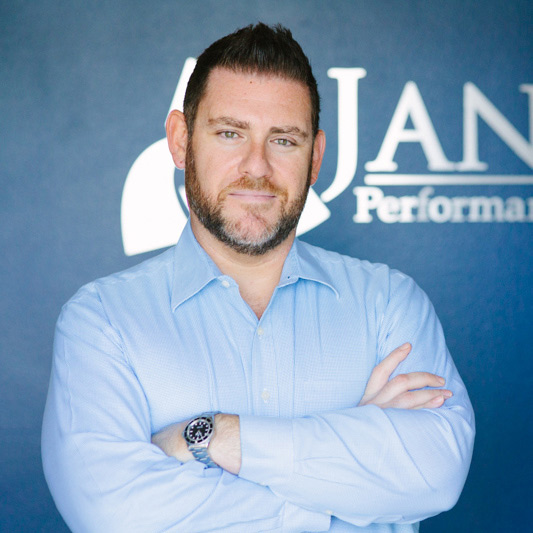Post was written by: Nick Kane, Managing Partner at Janek Performance Group
For your organization, a well-defined lead generation strategy is key to a sales team that is running on all cylinders. Top organizations have several options at their disposal to generate leads, such as gaining customer referrals, content development/marketing, networking at trade shows and conferences, or advertising in traditional media including print, trade association publications, radio, and TV.
Over the past two decades, we’ve also been witness to new lead generation strategies that take advantage of the digital age we are in. For example through marketing nurturing tracks, websites, search engine optimization, social media, or paid search advertisements.
In short, there are more ways than ever to successfully connect with potential customers and generate leads. Unfortunately, this development is often hampered by an ineffective follow-up strategy that doesn’t produce the target conversion rates you forecasted. As you probably suspect, a number of factors can attribute for lackluster lead generation follow-up among sales organizations.
Here are the main culprits and how you can avoid them:

Good Lead Management Begins with A Managed Lead Response
From the moment a first contact is established, good management practices should be employed. The time, effort, and resources you devoted to your marketing plan and in implementing those strategies is too valuable to waste. To avoid costly errors, an effective and measurable lead management plan should be instituted.
An effective lead distribution process begins with lead delegation. In other words, you’ll need clarification on the following items:
- Who or what within your organization is responsible for assigning new leads?
- Is it an automated rule within your CRM based on data such as territory, annual revenue, or other demographic values?
- Do you have appointment setters that will reach out on your sales team’s behalf to gather basic info and schedule a discovery call?
- What timelines and tasks have been outlined following the receipt of a new lead?
- How are sales reps notified of new leads?
- How are these various aspects of lead management being measured?
Patience and Persistence
Not every lead will convert into a customer. Some may have reservations and will need reassurance. Others will need to be nurtured towards a purchase decision while some may just simply be difficult to reach.
Patience and persistence are key traits for effectively following-up with new leads. Both are equally important because it may take several calls and emails at different times of the day to finally reach a prospect. A structured lead follow-up system will prepare and aid you to connect more effectively with those hard-to-reach leads that suddenly drop off the ether the moment they submit a form on your website. Here are some helpful tips to streamline your follow-up efforts:
- Set up personalized email templates that can be triggered within moments of receiving a new lead. Sales automation tools can send emails and remind you to call the lead if previous attempts were unsuccessful.
- Make it easy for your leads to respond to you. “Book a meeting” links in email signatures are a great way to encourage your leads to schedule time with you.
- Rehearse your way to success when it comes to leaving voicemails. Keep it short and to the point; don’t pitch, and make sure to repeat your name and call-back number before disconnecting.
Strike While the Iron is Hot
Your lead response time can be a deal-breaker. If a lead is not followed-up within a timely manner, your chances of ever connecting with the prospect diminish quickly. There is and always has been truth in the old adage, "strike while the iron is hot." Remember that your lead likely reaches out to some of your competitors as well, and an immediate response can be a fundamental differentiator.
If you’re serious about boosting your lead conversions, take these tips and guidelines to heart. You created that valuable lead, now make it count by implementing a smart and effective lead follow-up process.

About the Author: Nick Kane (Twitter - @janekpg) is a Managing Partner at Janek Performance Group. He has trained more than 15,000 sales professionals worldwide during the course of his career and is passionate about helping sales professional improve their selling careers – and as a result, their lives as well. Nick has co-authored the book “Critical Selling: How Top Performers Accelerate the Sales Process and Close More Deals,” which was released by Wiley Publishing.
Awesome. Thanks for guest blogging.